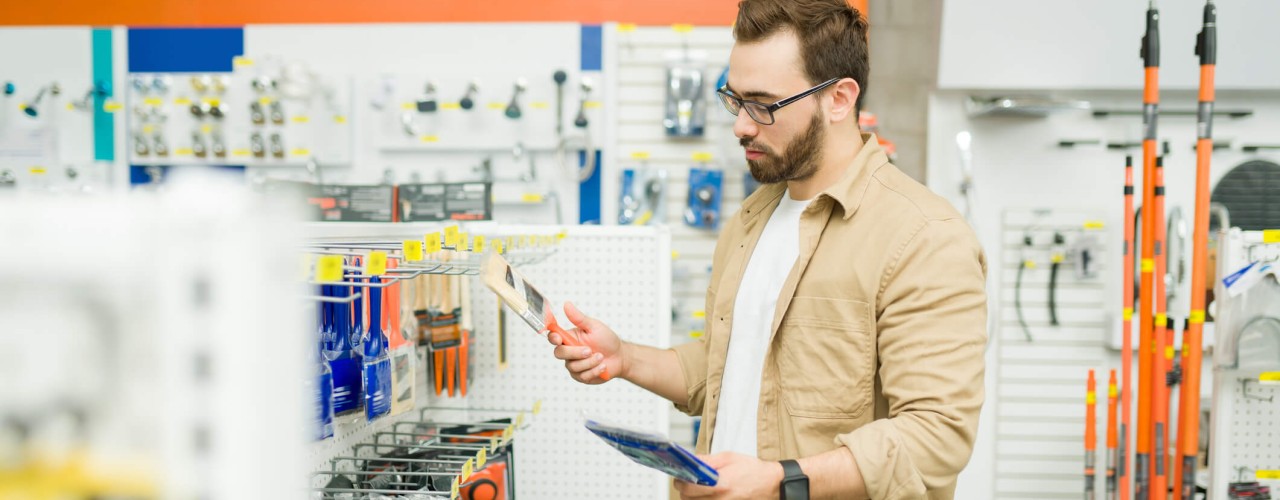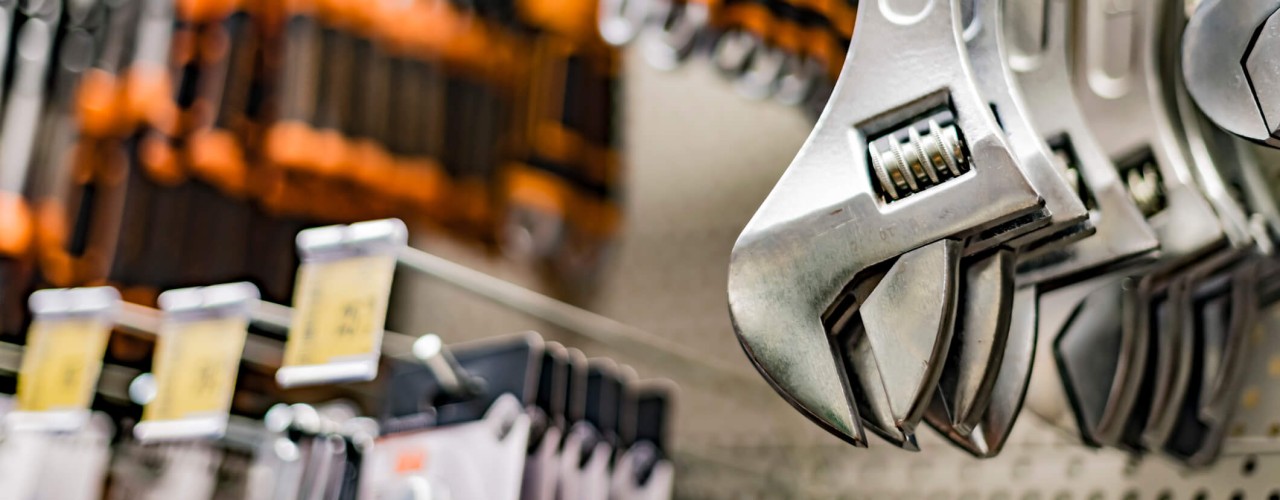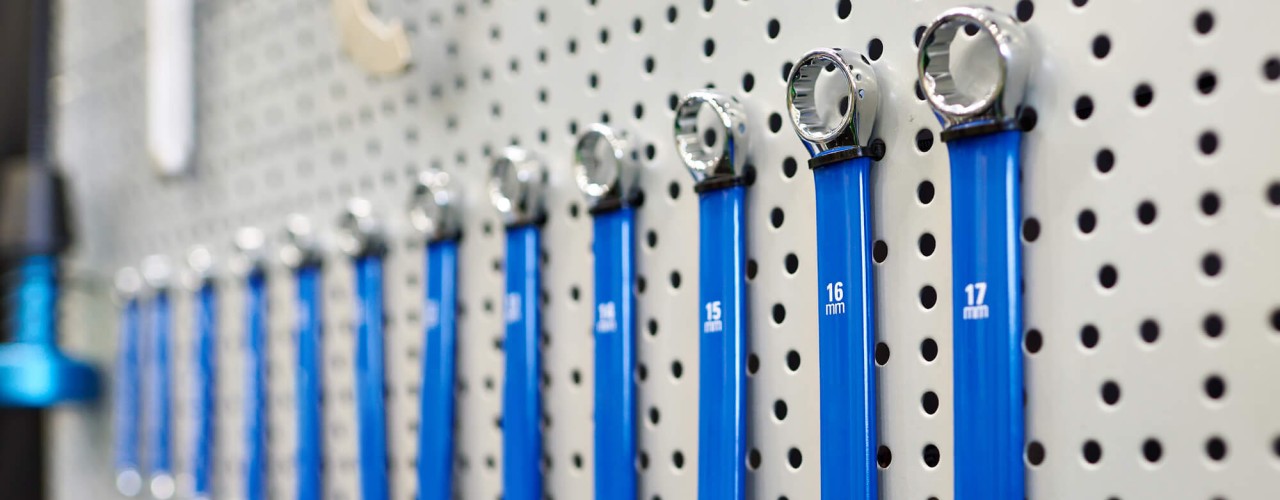You can tell a lot about a shop by how it uses its space. Not just the floor plan or the lighting, the smaller details that guide customers through the experience without them even realising it. Retail display hooks are one of the most understated parts of a store layout, yet they play a key role in how people shop. When used effectively, they don’t just hold products. They draw attention, support stock rotation and help increase sales.
This blog explores how you can get more out of your retail display hooks, not by adding more of them, but by using them more strategically.
Rethinking the Purpose of a Hook
A display hook might seem like a fixed solution. It holds a product, the customer takes the product and that’s that. But the way hooks are positioned, the quantity used and the types selected all impact how shoppers engage with what’s in front of them.
Some of the most effective uses of retail display hooks are:
- Encouraging impulse purchases with small, high-margin products
- Supporting flexible layouts for seasonal or promotional ranges
- Reducing clutter by presenting products in a clean vertical line
Instead of simply being a functional add-on, hooks become a tool for visibility and presentation. They help you prioritise space and product flow.
Use Hooks to Tell a Story
Hooks can guide the customer journey through your store. Think beyond walls and try using them in modular panels or freestanding units placed at key transition points. This setup helps introduce collections or themes gradually, which encourages browsing.
A few examples of this in action:
- Introducing a travel section with hooks displaying luggage tags, adaptors and travel pillows before reaching the suitcase aisle
- Hanging small gardening accessories at the start of a seasonal aisle to tease the full range further down
- Using slatwall hooks to feature coordinating accessories near featured clothing items
This approach works well for stores that want to encourage discovery and slow down the customer’s path through the space.
Balance Visibility and Volume
Too many items on a single hook can overwhelm customers. Too few and the display looks sparse or unfinished. Finding the right balance helps to maintain stock levels without compromising presentation.
If you stock lightweight packaged items, such as electronics accessories or craft supplies, consider:
- Keeping a consistent quantity per hook to maintain visual order
- Ensuring the front item is always easily grabbable
- Using deeper hooks only for products with fast turnover
This avoids overloading a space, which can lead to visual fatigue, especially in tightly packed displays.
Create Natural Stopping Points
Hooks work particularly well in transitional areas where customers pause. Think about spaces between departments, queue zones or the entrance area. These pauses are opportunities to place quick-buy products in front of customers without interrupting their route.
You could introduce hooks in areas such as:
- Along queue rails with everyday essentials or novelty items
- On columns between aisles with featured brand products
- Near tills with smaller items for last-minute decisions
These placements feel natural because they don’t force a change in direction. Instead, they provide simple, low-effort opportunities to pick up extra items.
Maximise Vertical Retail Space
Walls are often the most underused part of a retail store. Retail display hooks allow you to go vertical, freeing up floor space and creating cleaner sightlines. For smaller retailers, this is especially valuable as it opens up more display options without needing extra square metres.
Vertical hook placement is particularly useful for:
- Grouping colour ranges together in fashion or beauty displays
- Tiering similar items by size or price point
- Creating a backdrop of high-stock items behind feature tables
As well as presenting more products, vertical displays naturally draw the eye upwards, giving the impression of a more spacious, better-stocked store.
Show Off Smaller Products Without Losing Them
Small items can disappear when placed on shelves, especially if they’re boxed or unbranded. Hooks help solve this by lifting them into sight. They also allow shoppers to pick up and inspect products more easily, which increases the likelihood of purchase.
Retailers often use display hooks effectively for:
- Stationery and office supplies
- Keyrings, chargers or cables
- Cosmetics, brushes or nail products
With the right spacing and clear labelling, even small-scale hooks can drive meaningful interaction with product lines that might otherwise get overlooked.
Support Fast Replenishment and Stock Checks
Retail staff need to replenish stock quickly without disrupting shoppers. Hooks make this process easier because they present products clearly and uniformly. Staff can spot gaps in the display at a glance, restock efficiently and maintain consistency across similar aisles.
It also helps with:
- FIFO (First In, First Out) stock rotation by loading from the back
- Daily checks for bestsellers and fast-moving lines
- Reducing overstock by visually confirming space allocation
Because hooks create a set pattern for each product type, they remove guesswork from the replenishment process and support quicker turnaround on the shop floor.
Use Hook Variants That Fit the Product
Not all hooks are equal. Choosing the right hook for the right item improves how well it sells. For example, thicker double-arm hooks can support heavier items without warping the display, while euro hooks work best for products with Euro slot packaging.
Make sure you choose hooks that suit:
- The weight of the item
- The packaging type (slot, hang tab, or tag)
- The way customers interact with the product
Swapping out one ill-fitting hook type can change the visibility and reach of a product entirely.
Integrate Hooks Into Promotions and Seasonal Displays
Hooks allow for faster changes when rotating in promotional or seasonal stock. Instead of rebuilding a display or bringing in extra fixtures, you can reuse the same panels and simply switch out the product lines.
For example:
- A summer holiday feature wall becomes a back-to-school display using the same hook layout
- A ‘Gift Ideas’ panel rotates monthly with hooks that hold different themed items
- A promotion stand-up display features limited-time offers that change weekly
Because hooks take up little space, you can trial a variety of placements without committing to fixed units. This level of flexibility is especially useful in high-traffic shops or pop-up environments.
Make Use of Gridwall and Slatwall Flexibility
Gridwall and slatwall systems are highly compatible with retail display hooks. They allow you to reposition hooks quickly and adapt the display without needing new tools or fittings. This is ideal for stores that change their layout regularly or run short-term product trials.
Use this flexibility to:
- Test different hook positions for new products
- Adjust layout based on customer browsing behaviour
- Introduce new stock categories without a full refit
Even small tweaks can help improve flow and ensure products don’t get hidden by less relevant stock.
Let Your Hooks Do the Selling
Retail display hooks work best when you plan for how customers move, how they browse and how they make buying decisions. When placed with purpose and maintained properly, hooks stop being a background feature and start becoming an active part of your sales strategy.
At Foxbarn, we’ve supported thousands of retailers with high-quality display hooks, fixtures and accessories manufactured right here in the UK. With over 40 years of experience and a reputation built on consistency and precision, we help shops of every size make better use of their retail fittings. Our wide stockholding and fast delivery times mean you can stay agile without compromising on quality.
Explore our full range of retail display hooks or get in touch to find out how we can support your next display refresh.



